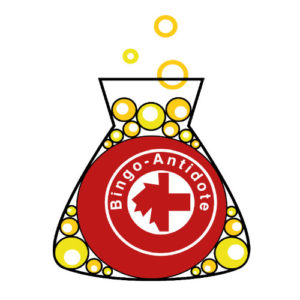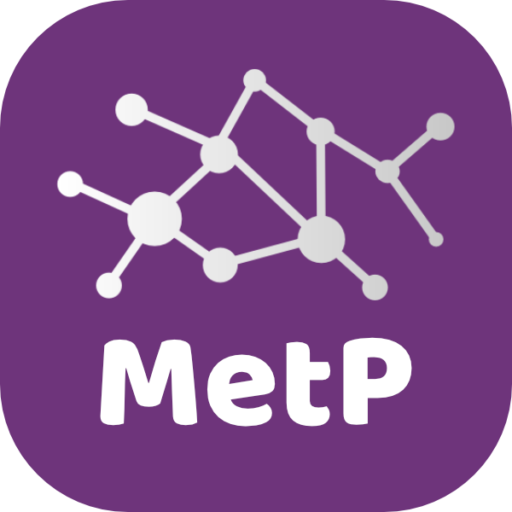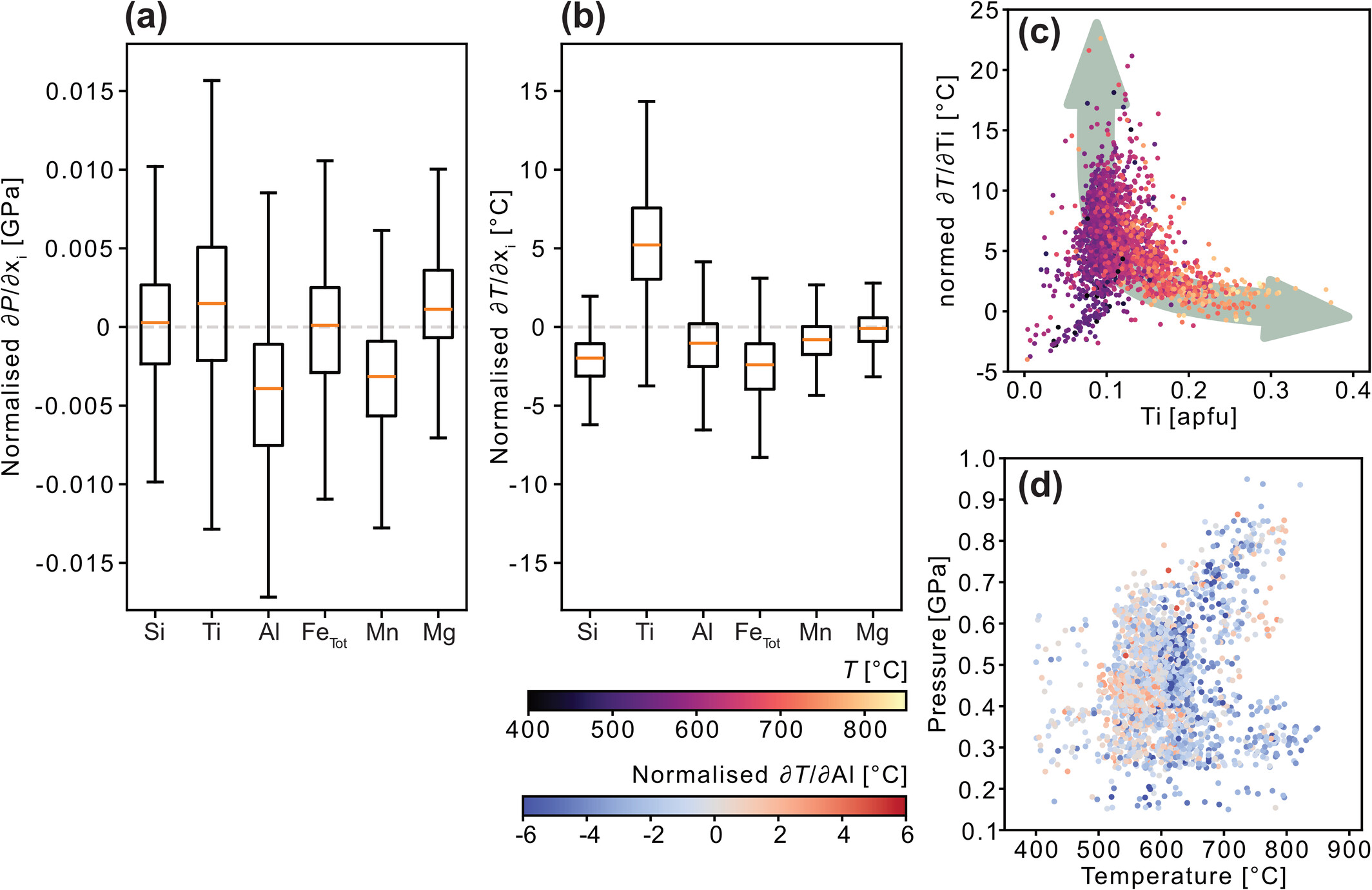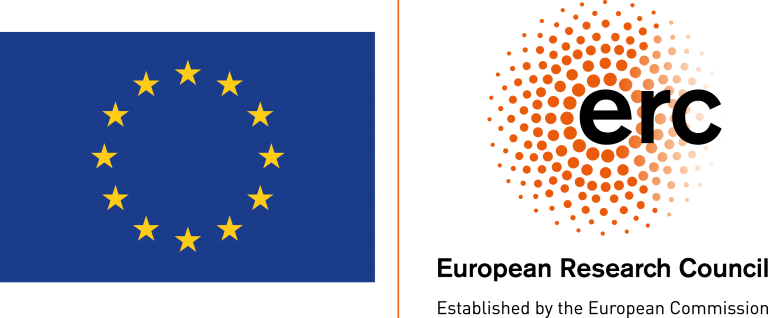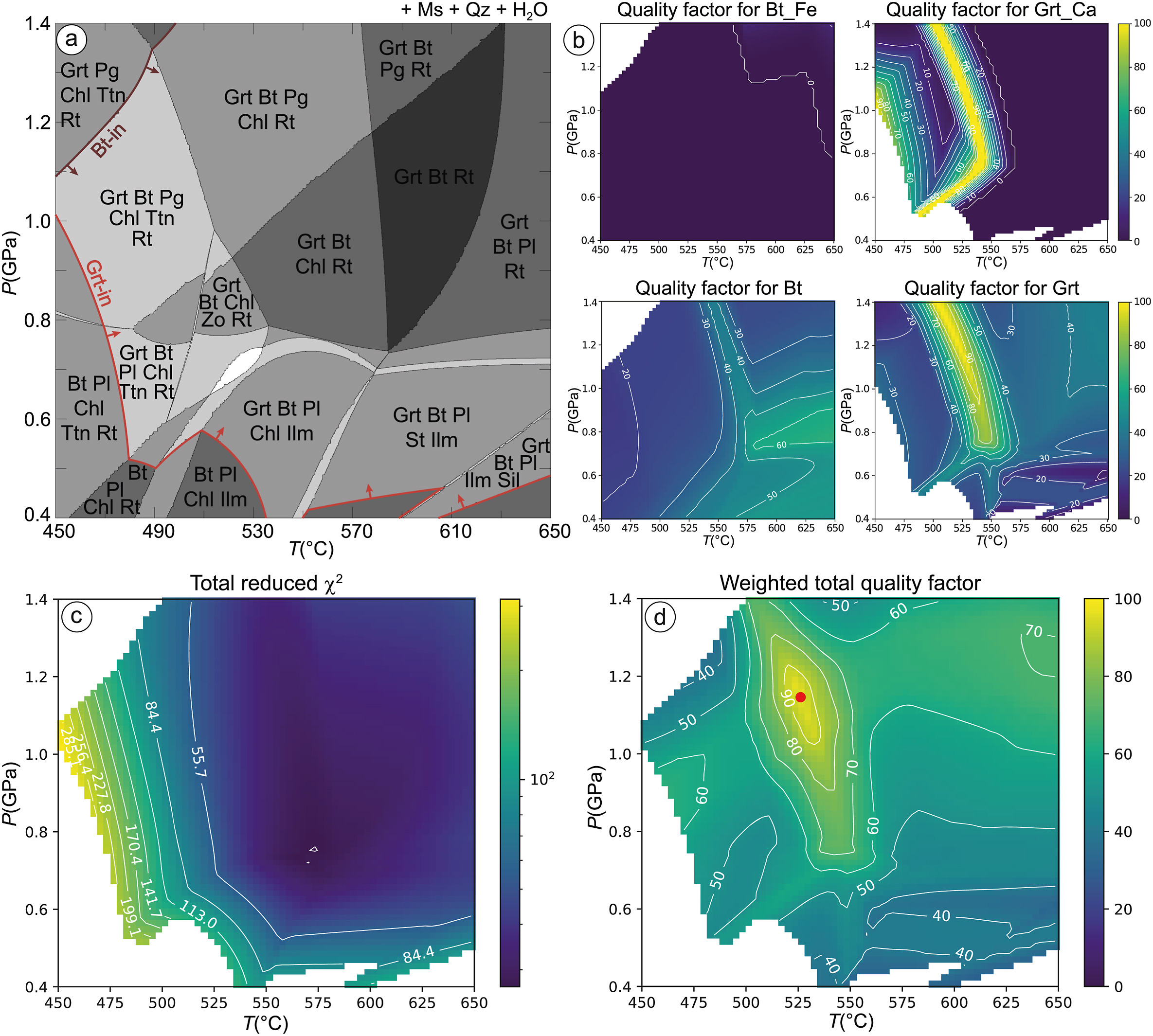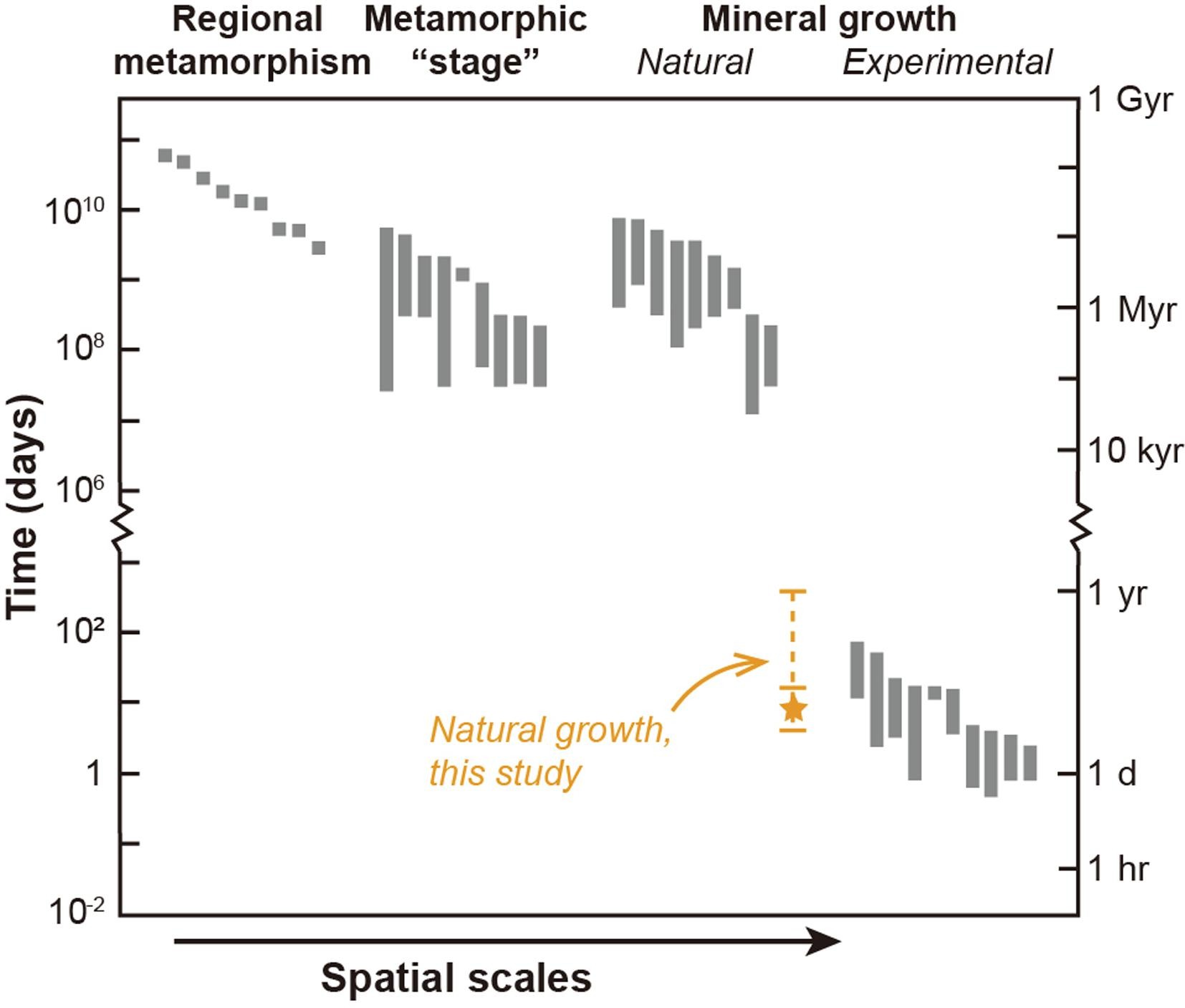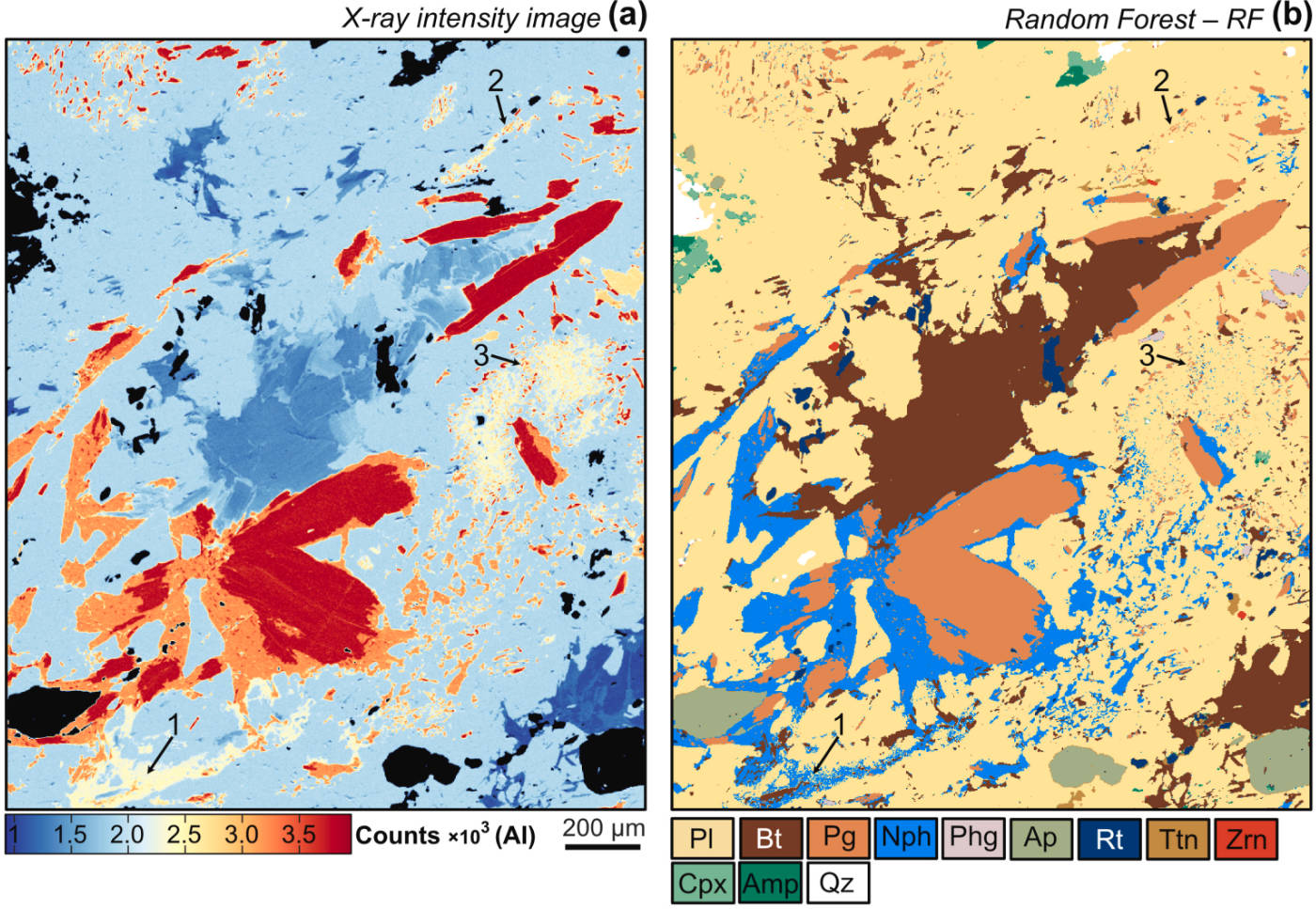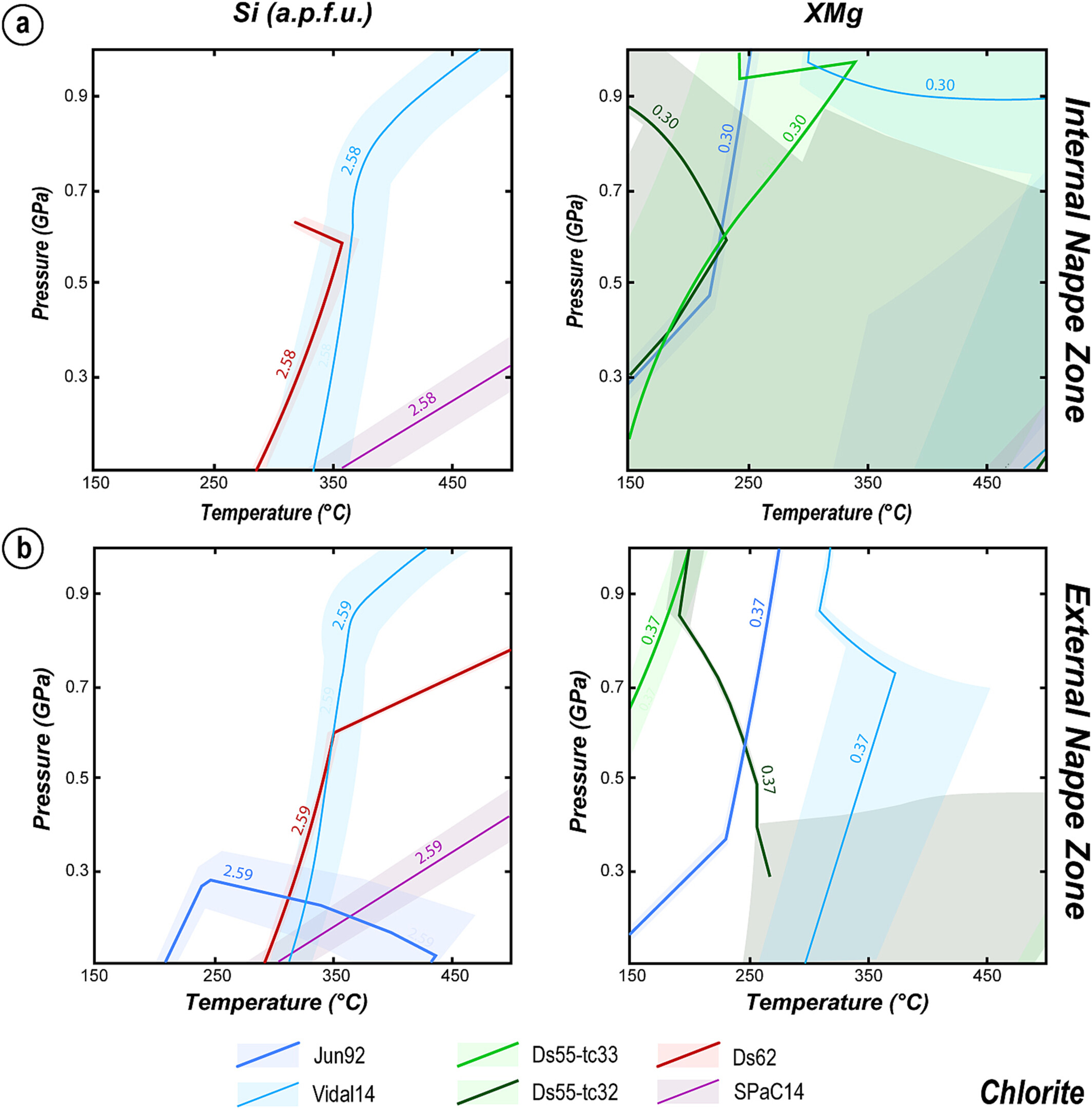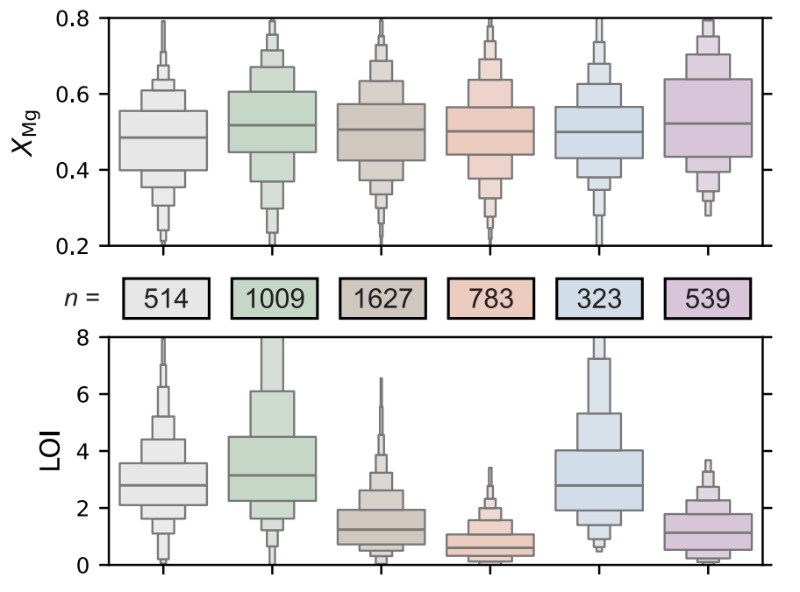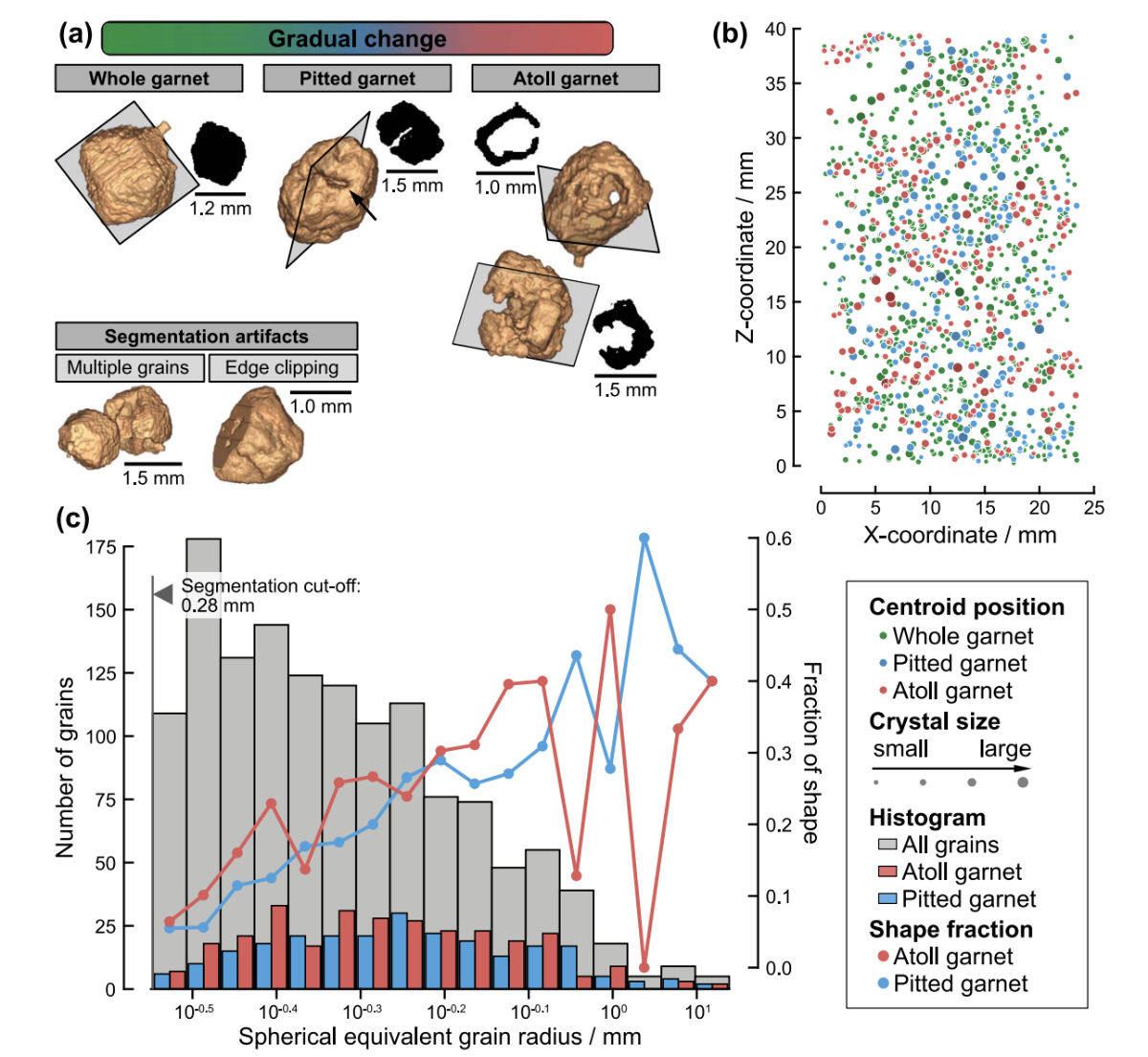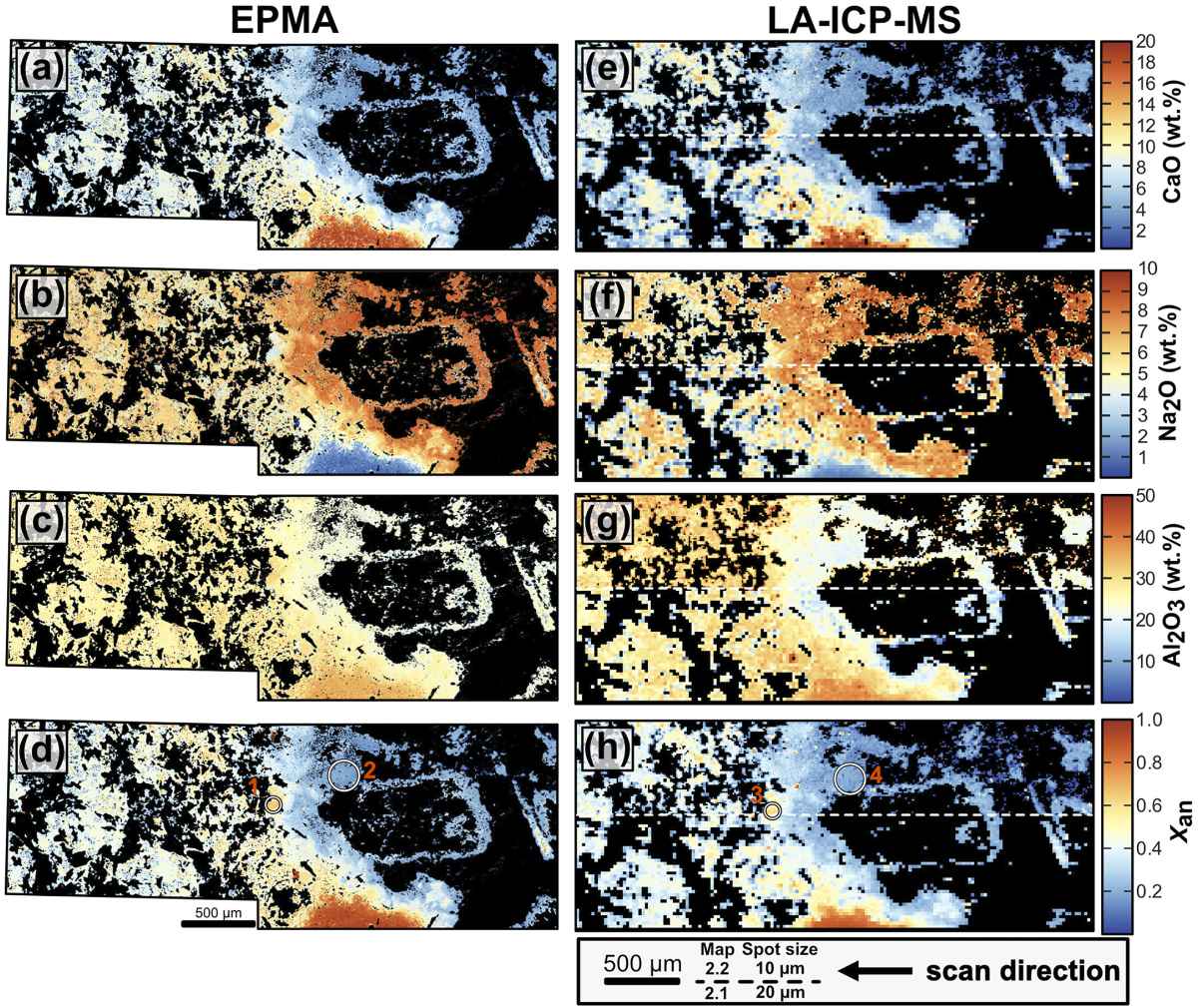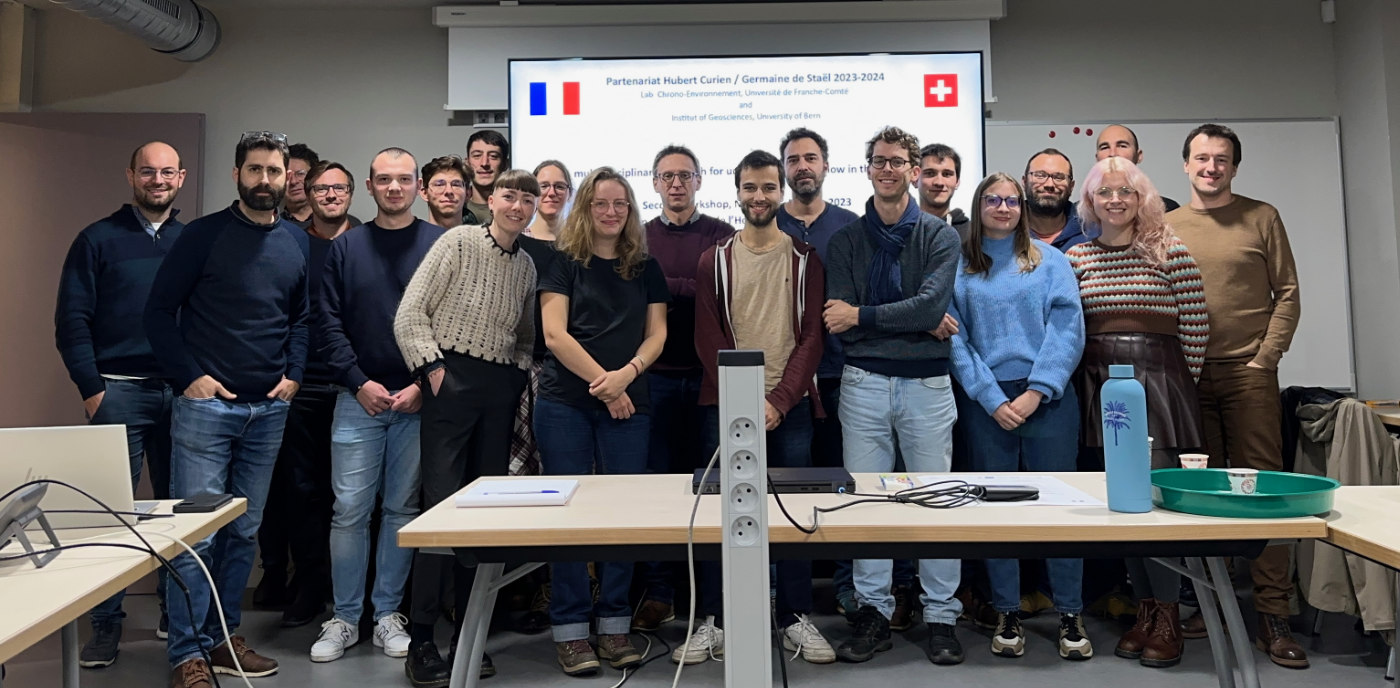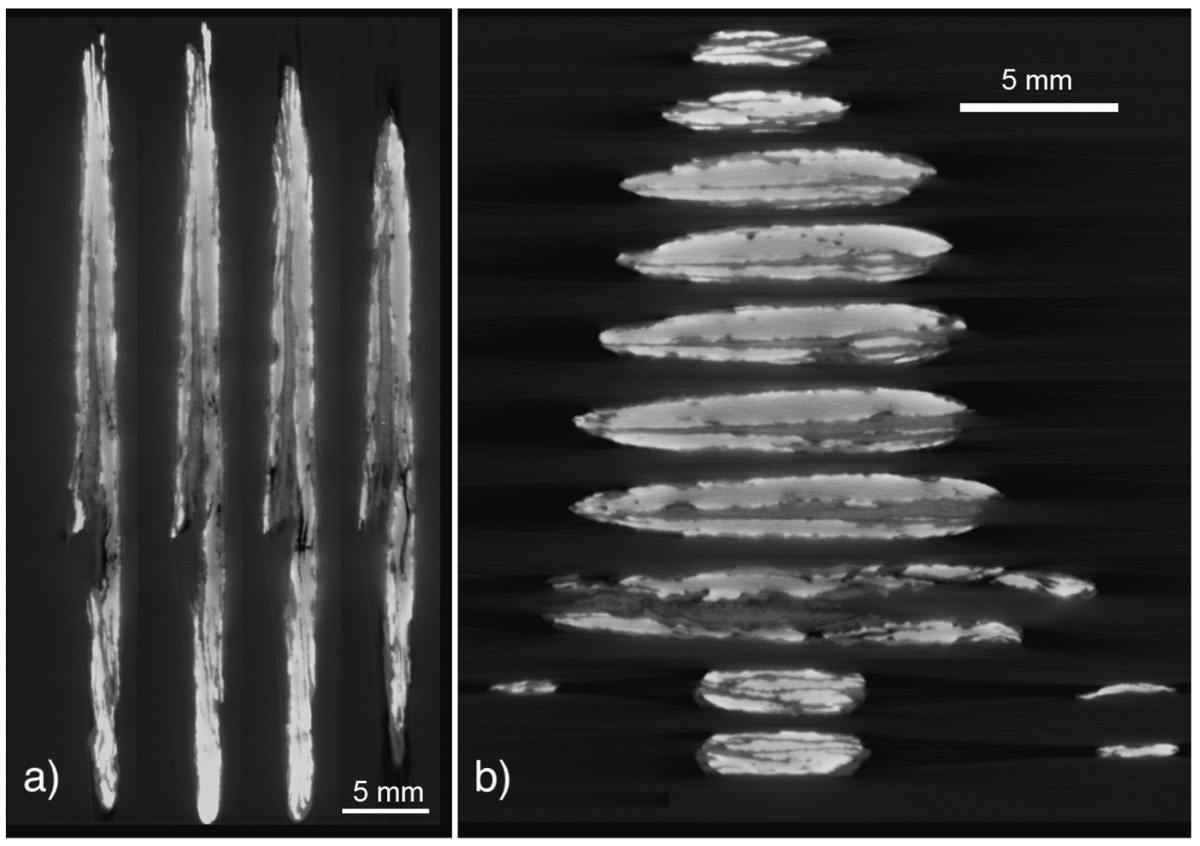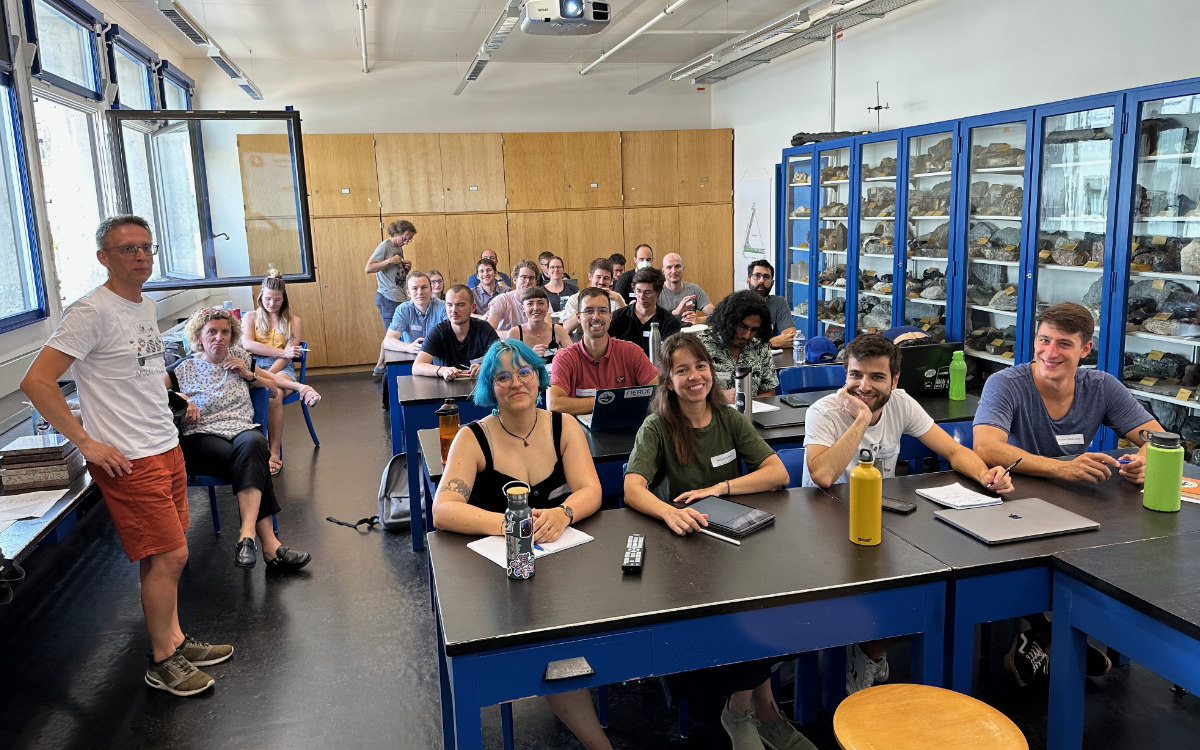News
1 October 2025
We have published a paper in Journal of Metamorphic Geology presenting a machine learning framework for calibrating thermobarometers from natural data. Using biotite as an example, we develop a neural network thermobarometer trained primarily on phase equilibrium modelling results and refined with natural data through transfer learning. The model achieves a root mean square error of ±45 °C for temperature, comparable to Ti-in-biotite thermometry, and outlines a strategy for combining synthetic and natural datasets when calibrating machine learning tools in petrology. While pressure predictions remain biased at >0.6 GPa due to the scarcity of high-pressure natural data, this study demonstrates the potential of neural networks with transfer learning to overcome data limitations and improve thermobarometric calibrations.
PAPER – IntersecT
1 August 2025
We have published a paper in Computers & Geosciences presenting IntersecT, a new software tool for quantitative isopleth thermobarometry. Building on WERAMI output from Perple_X, IntersecT applies multiple statistical approaches, including reduced χ² methods and the quality factor concept from Bingo-Antidote, to better assess the fit between calculated isopleths and measured mineral compositions. This framework propagates analytical uncertainties, down-weights outlier phases caused by model inaccuracies or disequilibrium, and provides improved visualization of discrepancies. By offering a robust quantitative approach, IntersecT enhances the reliability of forward thermodynamic modelling in both metamorphic and magmatic systems.
PAPER – Ultra-fast metamorphism
1 April 2025
We have published a paper in Geochimica et Cosmochimica Acta with my colleague Jiahui Liu reporting evidence for ultra-fast metamorphic reactions occurring within less than a year. Using diffusion modeling of trace element (HREE+Y) gradients preserved in garnet across a partially melted corona texture, we constrain garnet growth timescales to 8.4 (+5.4/–3.3) days to under one year, depending on the modeling approach. These timescales are orders of magnitude faster than those typically inferred for regional metamorphism, but comparable to contact metamorphism and laboratory experiments. Our results highlight that under melt- or fluid-present conditions, rapid pulses of metamorphic reaction can occur in nature, though they are rarely preserved due to the low temporal resolution of geochronology and overprinting during later metamorphic events.
PAPER – Classification in XMapTools
20 February 2025
We have published a paper in Applied Computing and Geosciences with my colleague Mahyra Tedeschi presenting new supervised machine learning tools in the open-source software XMapTools for the classification of chemical maps. We compare seven automated algorithms alongside manual classification tools, and propose a standardized color scheme with reference colors for minerals and mineral groups to improve map readability. Our results show that classification performance depends on dataset complexity, with random forest methods generally providing the most robust results. This new implementation offers the research and industry communities a free and efficient tool for accurate compositional mapping in petrology and related fields.
CODING CAMP 2025
13 February 2025
We organised a small group coding retreat in Saint-Maxime, France from 3 to 12 February 2025 with participants from the University of Lausanne (UNIL), the University of Bern (UNIBE) and the Johannes Gutenberg University Mainz (JGUM). Participants were (from left to right in the photo) Thorsten Markmann (UNIBE), Jonas Vanardois (UNIL), Hugo Dominguez (JGUM), Pierre Lanari, Noralinde de Leijer, Philip Hartmeier, Lucas Tesser (UNIL), Mona Lueder (UNIBE).
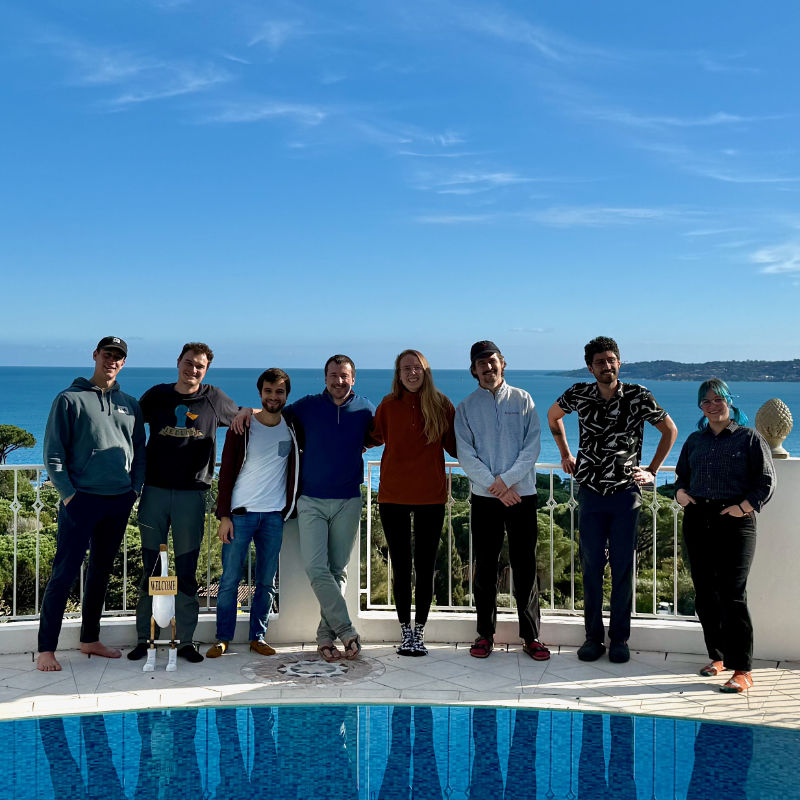
PAPER – Phase equilibrium modelling of low grade metapelites
15 January 2025
We have published a paper in Journal of Metamorphic Geology examining the application of phase equilibrium modelling to greenschist-facies metapelites from the Nappe Zone in Sardinia (Italy). Phase equilibrium modelling using six thermodynamic databases highlights significant discrepancies, with only limited success in reproducing observed mineral assemblages and compositions. While some databases predict realistic P–T conditions comparable to multiequilibrium methods, others fail, underscoring the need for caution when applying phase equilibrium modelling to greenschist-facies pelites and the importance of integrating multiple approaches.
PAPER – Median metabasite composition
8 November 2024
We have published a paper in Journal of Petrology with presenting a global geochemical database of 6186 major-element whole-rock analyses of metabasites from all metamorphic facies. Using median values and median absolute deviations to minimize the effect of outliers, we assess compositional ranges, variability, and facies-related trends. We find that metabasites show decreasing volatile contents with increasing metamorphic grade, while major-element compositions remain broadly consistent across facies, with subtle differences likely reflecting sampling bias. The median worldwide metabasite has an XMg of 0.51±0.09 and a Fe³⁺/ΣFe of 0.26±0.12, values comparable to altered oceanic crust or arc basalts.
PAPER – Continental subduction
1 October 2024
We have published a paper in Earth and Planetary Science Letters with my colleagues Carlos E. Ganade from the Geological Survey of Brazil and Nicolas Riel from the University of Mainz, exploring the role of rifted margin type in the subduction and exhumation of ultra-high pressure (UHP) rocks. Using high-resolution thermomechanical numerical experiments, we show that magma-poor rifted margins that reach UHP conditions can exhume efficiently, while magma-rich margins cannot because their thick basaltic layers become negatively buoyant during metamorphism. This mechanism provides a new explanation for why exhumed UHP rocks only became common late in Earth’s history.
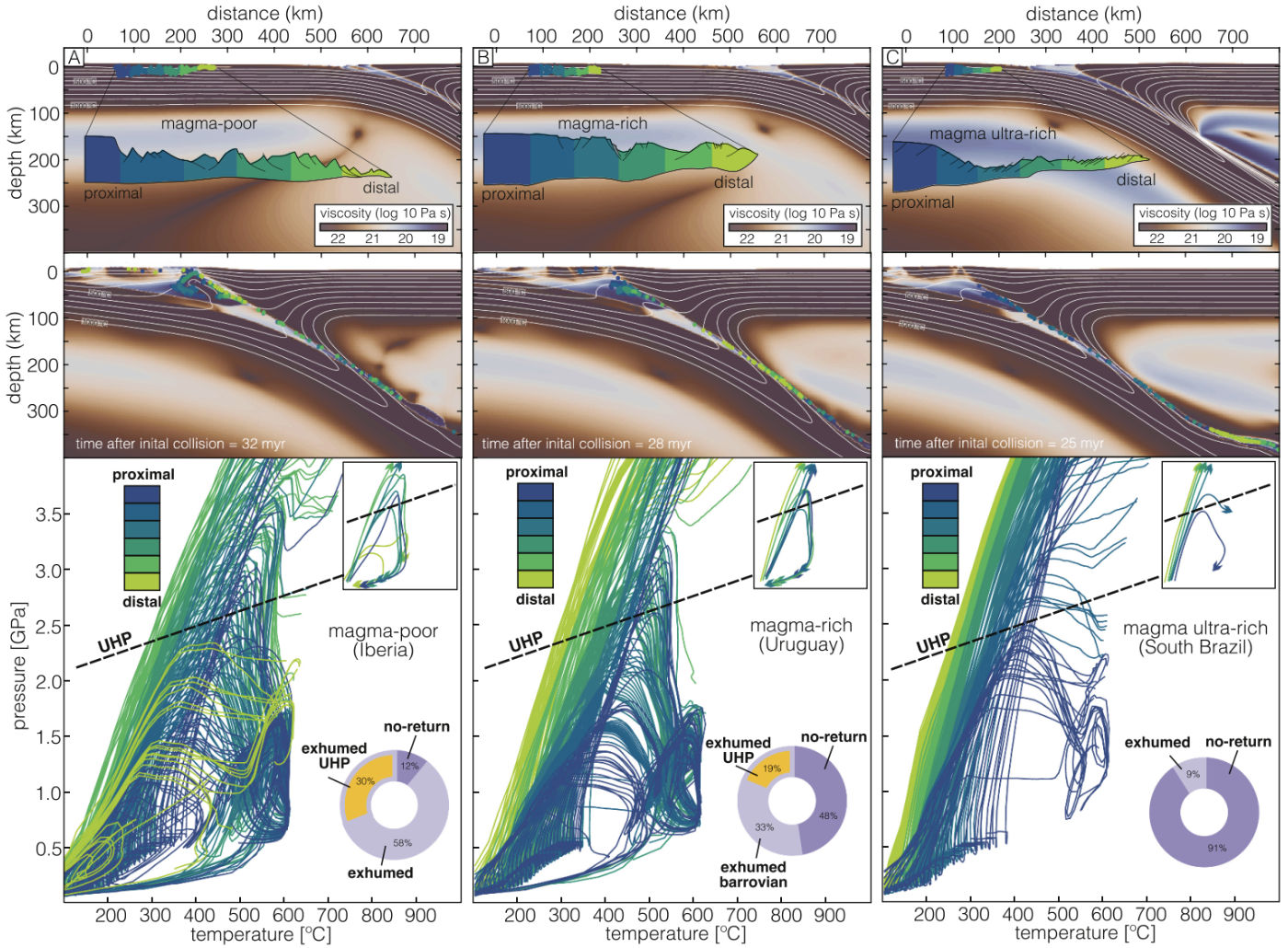
PAPER – Chemical Advection
16 August 2024
We have published a paper in Geoscientific Model Development describing four of the most commonly used numerical schemes for modelling chemical advection during magma transport. Any reactive transport model requires robust numerical schemes for chemical advection, and current numerical schemes vary in their ability to be mass conservative, computational efficiency and accuracy. In this study we compare the upwind scheme, a weighted essentially non-oscillatory (WENO-5) scheme, a semi-Lagrangian (SL) scheme and a marker-in-cell (MIC) method. The behaviour of these schemes is assessed using passive advection of two different magmatic compositions.
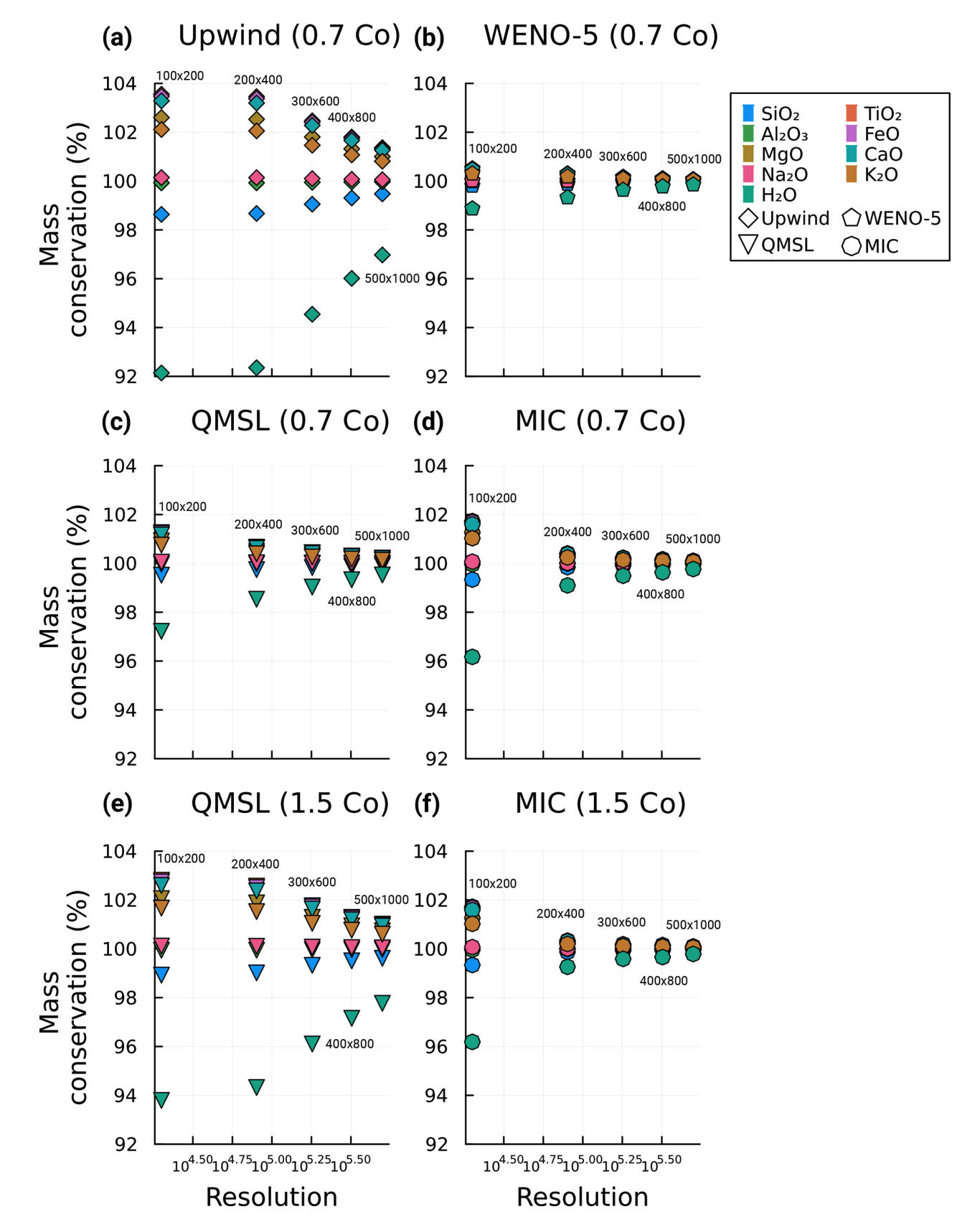
PAPER – Tomography & Deep Learning
1 May 2024
We have published a paper in the Journal of Petrology describing a novel approach to quantifying the distribution of atoll garnet in a metamorphic rock using micro-computed tomography and deep learning algorithms capable of automated textural analysis of crystal shapes in 3D. We show that this method can be applied to study the kinetics of fluid-driven metamorphic reactions such as atoll garnet formation, and propose a kinetic model to calculate the reactivity of metastable garnet to form atolls at different pressure and temperature conditions.
CODING CAMP 2024
13 February 2024
We organised a small group coding retreat in Cassis, France from 22 to 31 February 2024. Participants were (from left to right in the photo) Hugo Dominguez, Philip Hartmeier, Jiahui Liu (bottom), Renée Tamblyn (top), Jacob Forshaw (top), Sara Nerone (middle), Thorsten Markmann (bottom), and Pierre Lanari.
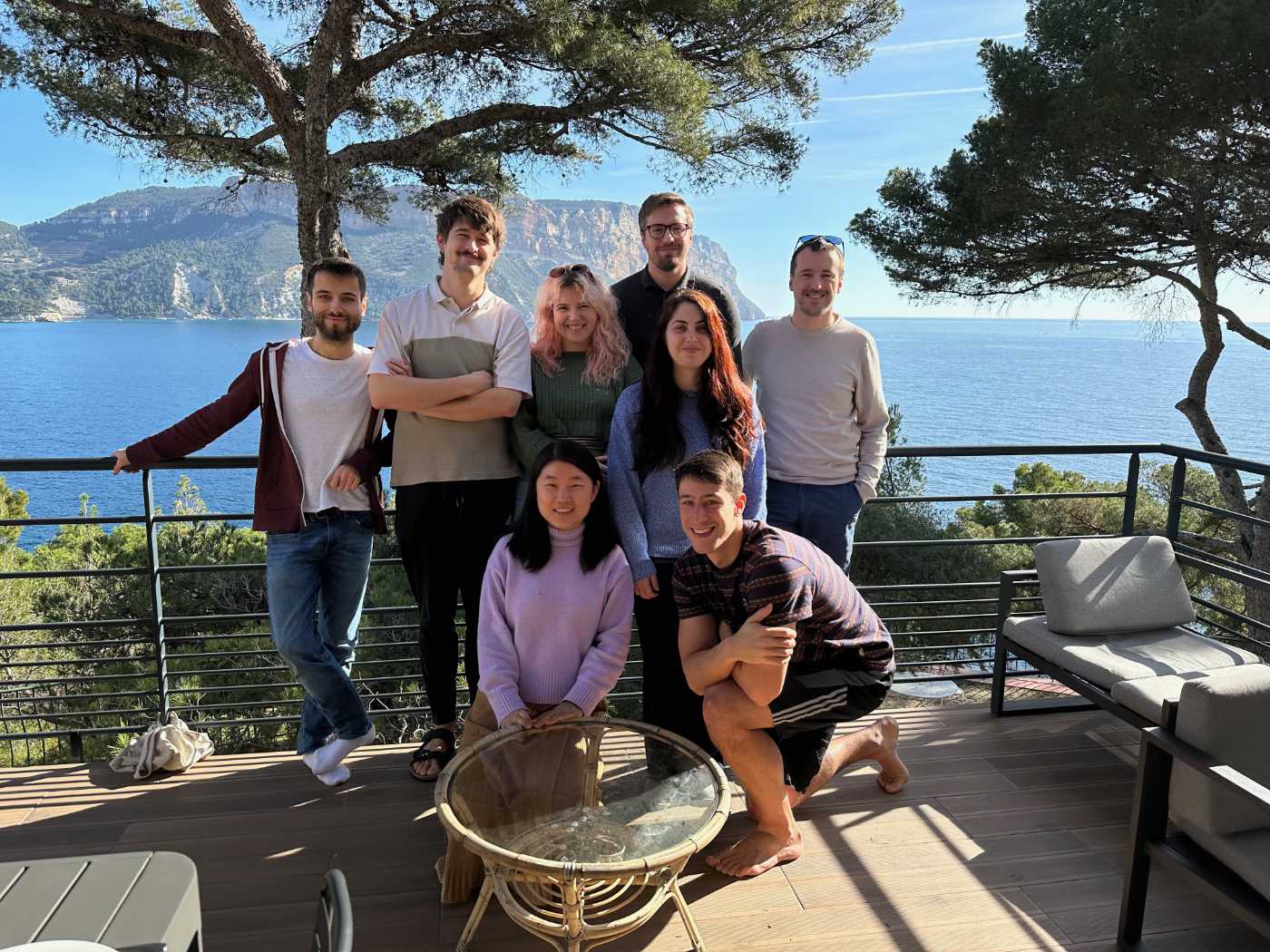
PAPER – LA-ICP-MS Mapping
10 January 2024
We have published a paper in the journal Chemical Geology describing a novel approach to data reduction and image generation for multi-element mapping employing LA-ICP- quadrupole MS (LA-ICP-QMS), implemented in the free and open-source software XMapTools. We show in this paper that LA-ICP-MS data can be used to accurately image the distribution of major, minor and trace elements in rock when a multi-phase and multi-standard approach is used.
WORKSHOP – SECOND FLUID WORKSHOP
10 December 2023
Our group participated in the workshop “Fluids in the crust” organised by Philippe Goncalves and Pierre Trap in Besançon. This exchange project between the University of Bern and the University of Franche-Comté has been financed by SCNAT and Campus France through a partnership Germaine de Staël – Hubert Curien for 2023.
PAPER – Arrowhead of meteoritic iron
3 October 2023
We have published a paper in the Journal of Archaeological Science with Beda A. Hofmann from the Naturhistorisches Museum Bern describing an arrowhead made of meteoritic iron. This artefact has a mass of 2.9 g and was found in the 19th century in the Late Bronze Age pile dwelling of Mörigen near Lake Biel (Switzerland). Its meteoritic origin was demonstrated using various imaging techniques, including X-ray micro-computed tomography.
CONFERENCE – GOLDSCHMIDT 2023
18 July 2023
The Group was well represented at the Goldschmidt 2023 conference in Lyon. Here is a summary of what we presented.
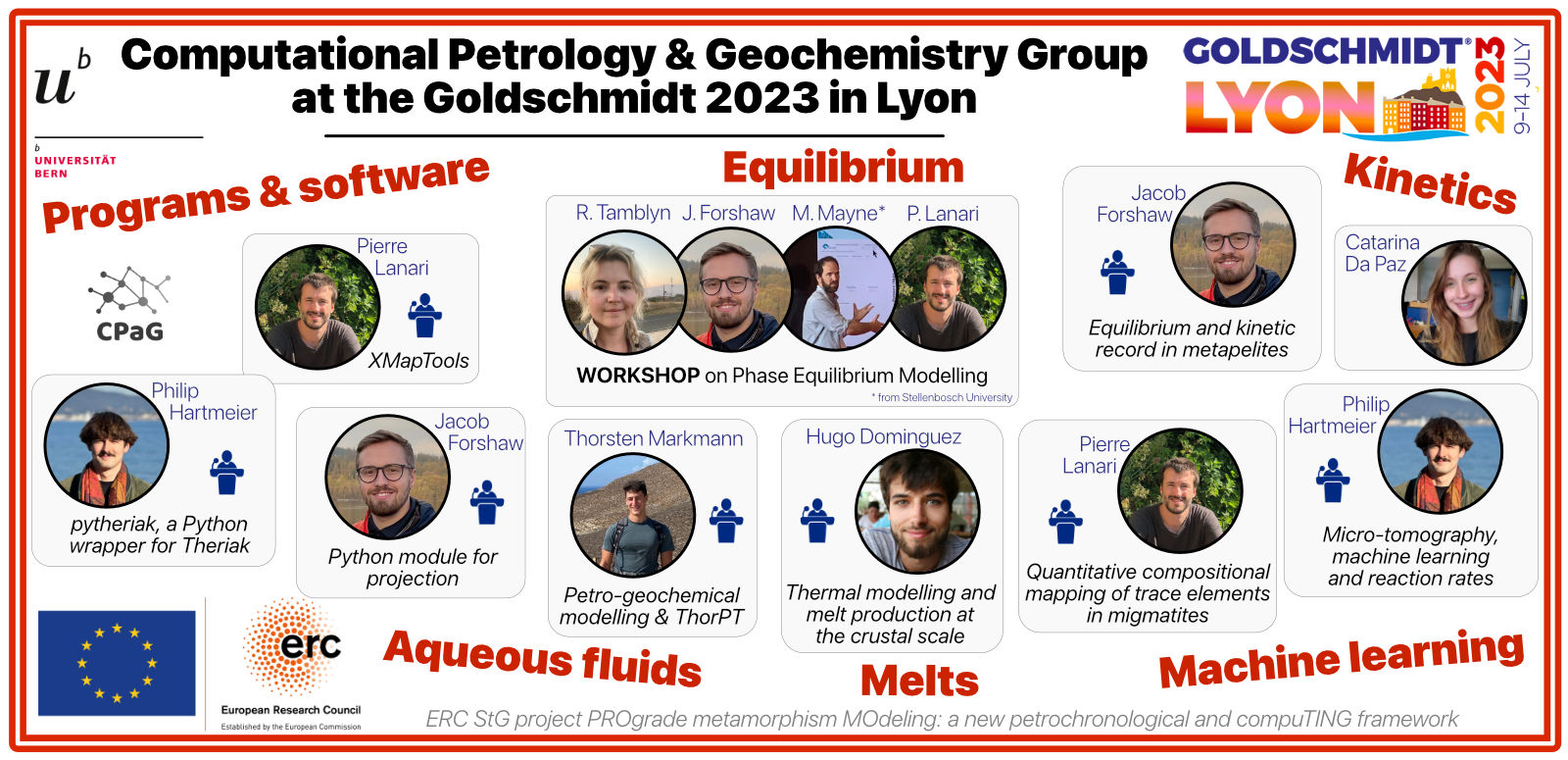
WORKSHOP – FIRST FLUID WORKSHOP
30 June 2023
Our group organised the workshop “Fluids in the crust” at the institute of Geological Sciences of the University of Bern. This exchange project between the University of Bern and the University of Franche-Comté has been financed by SCNAT and Campus France through a partnership Germaine de Staël – Hubert Curien for 2023.
CODING CAMP 2023
18 February 2023
We organised a small group coding retreat in Cavalaire, France from 6 to 15 February 2023. Participants were (from left to right in the photo) Thorsten Markmann, Pierre Lanari, Jacob Forshaw, Mahyra Tedeschi, Philip Hartmeier, and Hugo Dominguez.
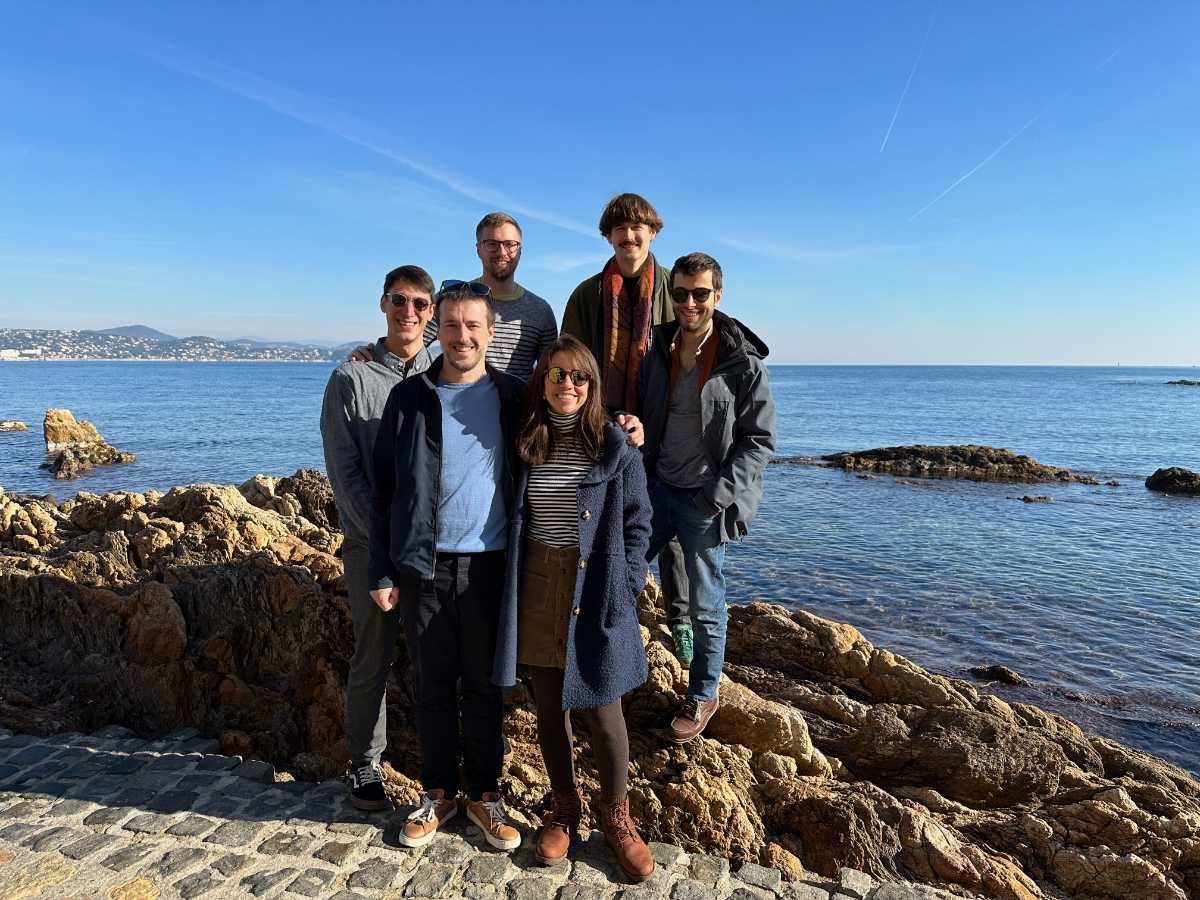
CODING CAMP 2022
19 February 2022
We organised a small group coding retreat in Saint-Raphael, France from 7 to 16 February 2022. Participants were (from left to right in the photo) Thorsten Markmann, Jacob Forshaw, Jiahui Liu, Qian Zhang, Hugo Dominguez and Pierre Lanari.
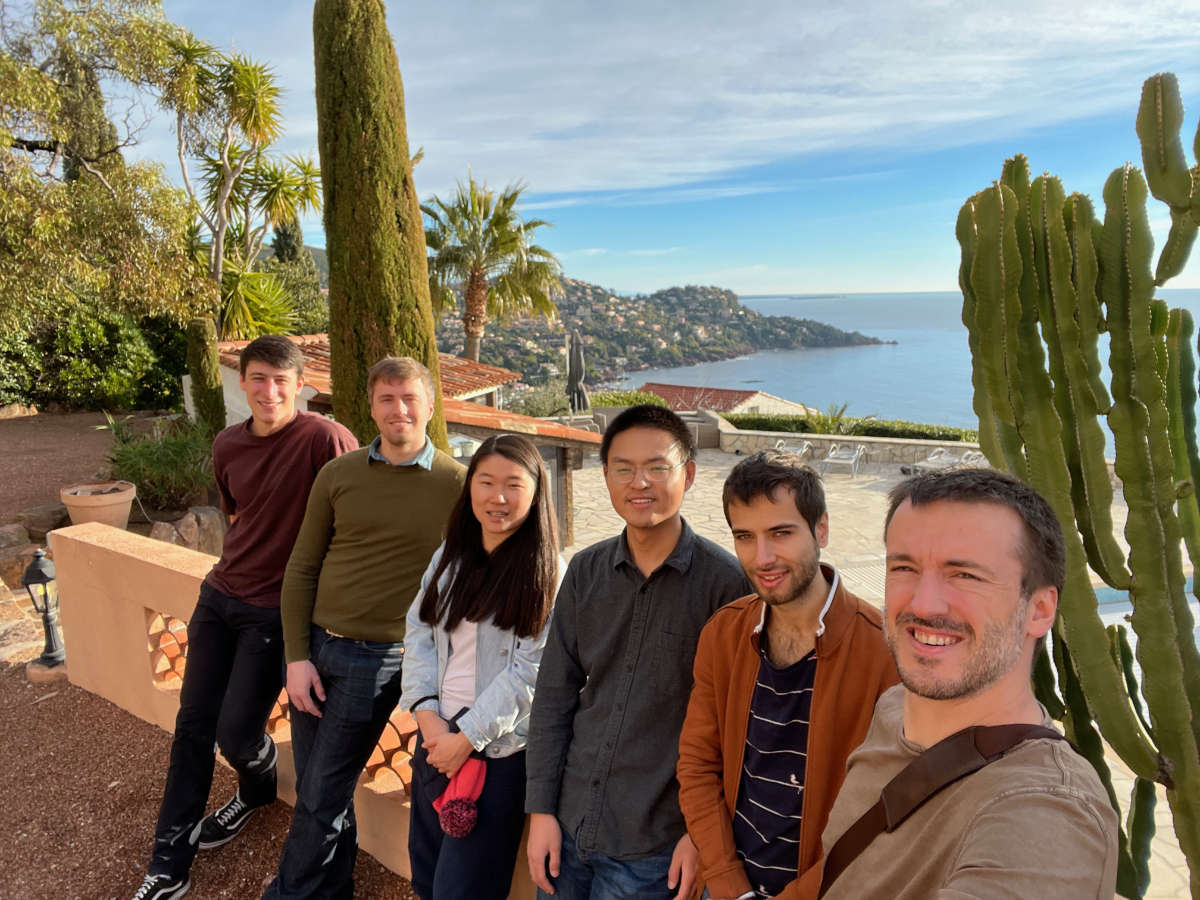
ANNOUNCEMENT – XMapTools 4
1 December 2021
You can watch or rewatch the live presentation of XMapTools 4 by Pierre Lanari, Joshua Laughton and Mahyra Tedeschi. XMapTools 4 updates the core experience of XMapTools with a redesigned interface, the addition of machine learning algorithms for classification and new tools for data calibration and vizualisation.
INVITED TALK – Petrochronics
28 October 2021
You can watch or rewatch the talk of Prof. Pierre Lanari entitled “A geek approach for the quantification and simulation of metamorphism” given during the ninth Petrochronics P-T-t talk.
INVITED TALK – MSG meeting 2021
1 September 2021
You can watch or rewatch the invited talk of Prof. Pierre Lanari entitled “Mapping equilibrium relationships in metamorphic rocks—petrological modelling beyond equilibrium phase diagrams” given during the online meeting 2021 of the Metamorphic Studies Group.
PAPER – ITM part 2
15 August 2021
We have published in collaboration with Jörg Hermann a paper in the Journal of Metamorphic Geology describing a new hybrid modelling strategy for thermobarometry applicable to metamorphic rocks. This contribution describes a mutually consistent strategy based on quantitative compositional mapping and the software solution Bingo-Antidote integrated in XMapTools. We show in this study that the interpretation of modelled mineral assemblages can be ambiguous in the presence of mineral relics that are predicted to be stable far away from their formation conditions. The phase(s) in disequilibrium can in theory be assessed from maps of quality factors for each mineral or statistically by combining LBC obtained from domains with variable mineral mode.

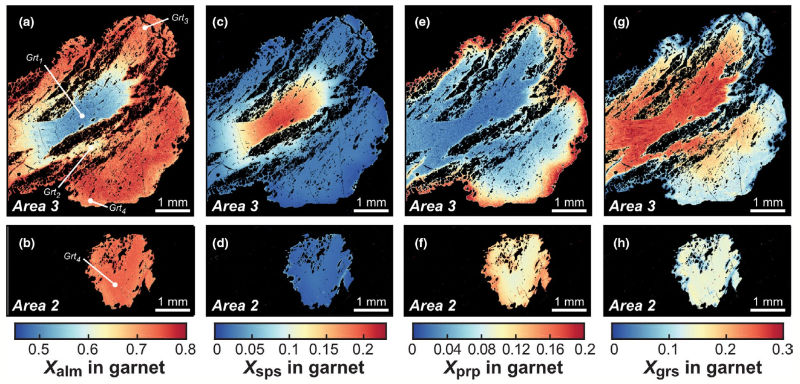
SHORT COURSE – Phase Equilibrium Modeling
6 June 2021
The workshop Phase Equilibrium Modeling – Approaches and Pitfalls took place virtually in May 2021. Video recordings are available via YouTube. Our group contributed for two lectures (Overview of thermodynamic databases & Reactive bulk composition & Bingo-Antidote) during the workshop: an overview of the thermodynamic databases and the introduction of iterative thermodynamic models and Bingo-Antidote.
PROGRAM UPDATE – GRTMOD open access
29 May 2021
Our program GRTMOD is now available on GitHub including binaries for macOS and WINDOWS. The code is fully open access and distributed under a MIT license. GRTMOD is a program for modelling garnet growth and resorption stages in metamorphic rocks using an iterative approach. It can be used for thermobarometry based on reactive bulk compositions. This version of GRTMOD is MATLAB-free but requires Theriak-Domino to run Gibbs energy minimizations.
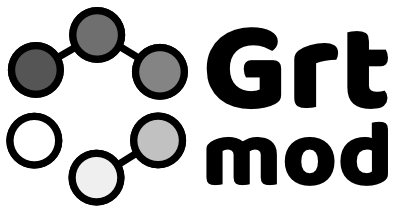
PAPER – MAGMATIC FLARE-UP
22 February 2021
We have published in collaboration with Carlos E. Ganade from the Geological Survey of Brazil a paper in Nature, communications earth &environment examining the consequences of magmatic flare-ups on the deep arc environment. We used petrochronological techniques to investigate the root of a continental arc exposed in the Kabyé Massif in Togo. In this study, we demonstrate that gabbros intruded 670 million years ago at 20–25 km depth were metamorphosed to eclogites by 620 million years ago at 65–70 km depth. This burial stage was coeval with extensive magmatism at 20–40 km depth, indicative of a flare-up event which peaked just prior to the subduction of the continental margin
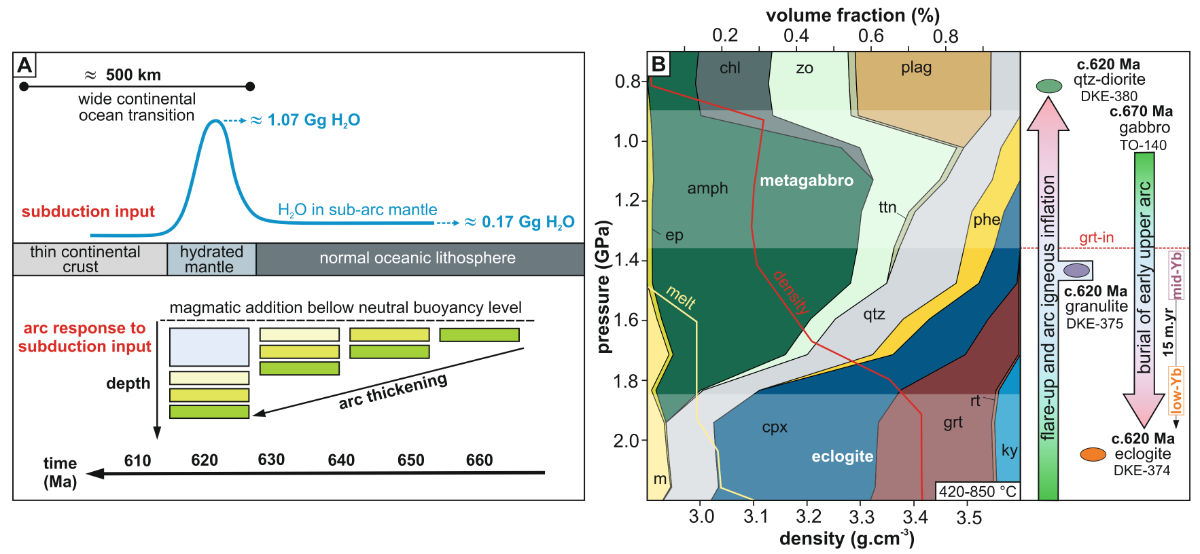
PAPER – THUNDERSTORM EVENT DATING
15 Decembre 2020
We have published in collaboration with Jonathan M. Castro from the Johannes Gutenberg University of Mainz a paper in Earth and Planetary Science Letters examining the process of meteorological lightning-induced modification of coherent volcanic rocks producing fulgurites. Rock fulgurites are formed from quenched melts that are the consequence of lightning hitting rock at temperatures above 2’000 °C. This study of volcanic fulgurites and their re-hydration signatures illustrates the potential to use them to date single paleoweather events (e.g. thunderstorm) at decadal to centuries scale.
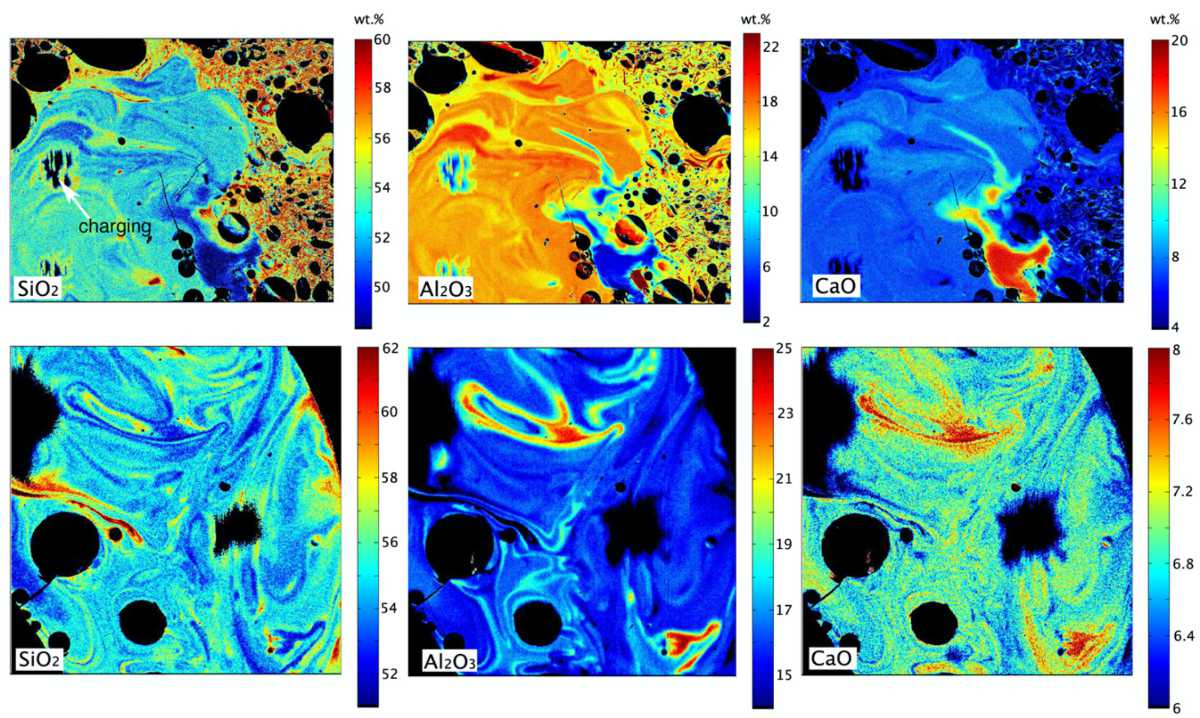
PAPER – DECIPHERING CRUSTAL REWORKING
30 octobre 2020
We have published in collaboration with Alice Vho and Daniela Rubatto from the group Metamorphic Geochemistry and with colleagues in Canada and in Italy a paper in Contributions to Mineralogy and Petrology presenting a comprehensive study of element zoning patterns and oxygen isotopes in garnet from the Sesia Zone (Western Alps) in an attempt to decipher the processes linked to crustal reworking associated to fluid flow in the crust. In the studied samples, garnet shows a variety of textures which formed by dissolution–precipitation in presence of fluids.
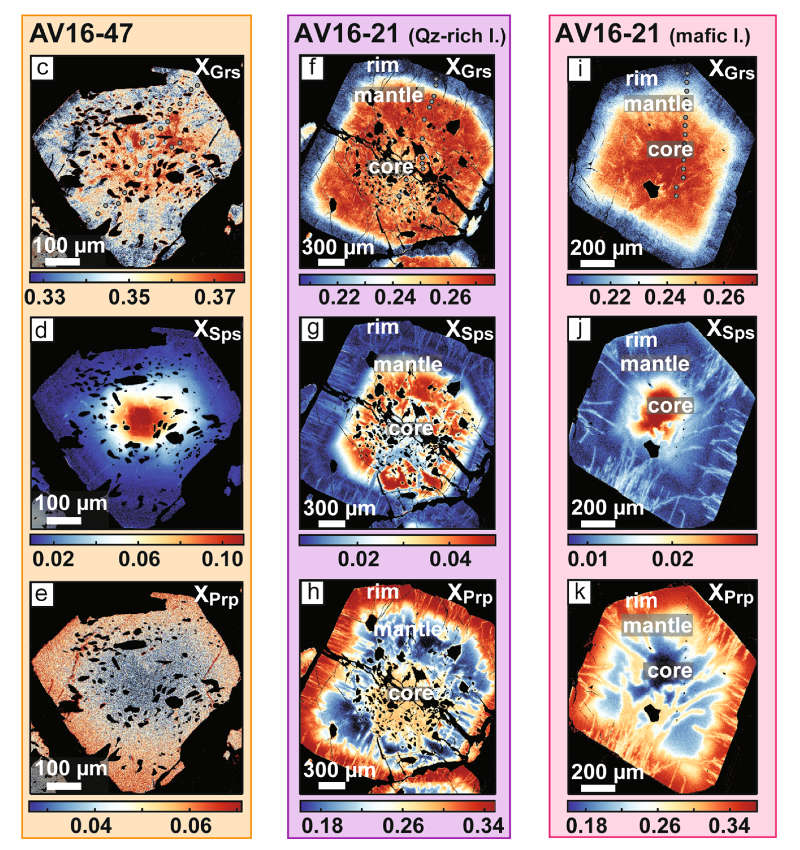
PAPER – QUANTITATIVE COMPOSITIONAL MAPPING
20 July 2020
We have published in collaboration with Francesca Picolli from the group Metamorphic Geochemistry a paper in IOP Conf. Series: Materials Science and Engineering outlines some important aspects of analytical procedure for quantitative compositional mapping by electron probe micro-analysis (EPMA) and laser ablation inductively-coupled plasma mass spectrometry (LA-ICP-MS) along with recommended instrument operating conditions. Several artefacts affecting the maps are also discussed.
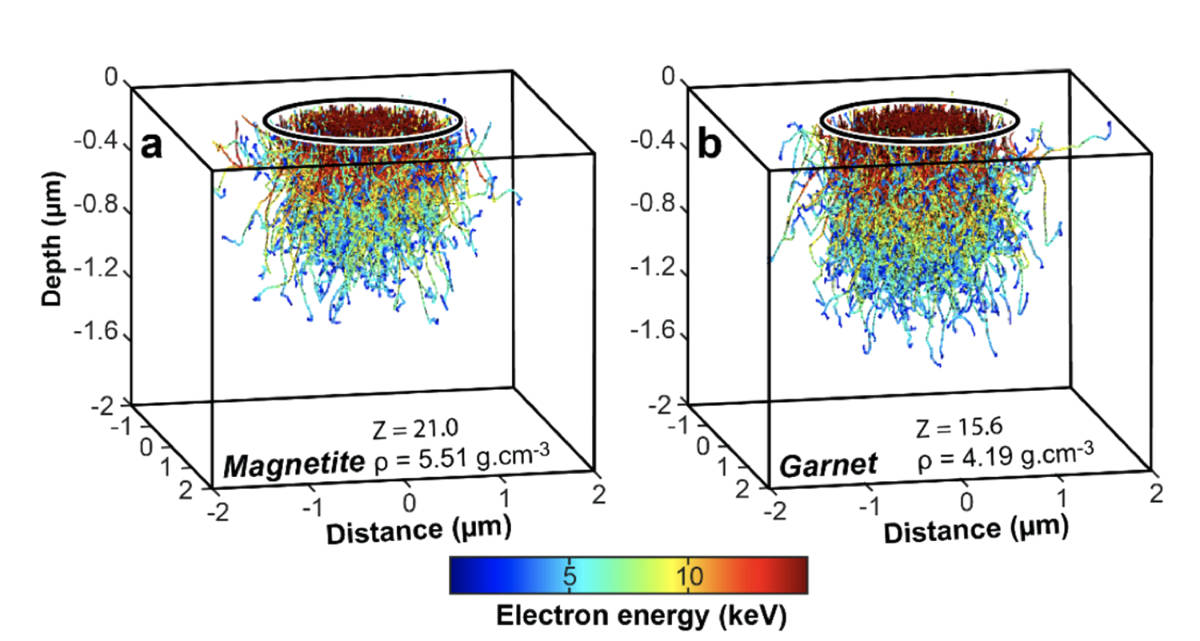
PAPER – TRACE ELEMENT MAPPING OF GARNET
6 June 2020
We have published in collaboration with Daniela Rubatto from the group Metamorphic Geochemistry and colleagues from ETH Zurich a paper in Contributions to Mineralogy and Petrology presenting a comprehensive investigation of the trace element distribution in garnet from three Alpine samples that underwent a complex evolution at different metamorphic conditions. Each grain was mapped in 2D directly in thin section with a novel approach using laser ablation inductively coupled plasma time of flight mass spectrometry (LA-ICP-TOFMS) to achieve a lateral resolution of 5 µm and limits of detection for the heavy rare earth elements (REE) down to 0.2 µg/g.
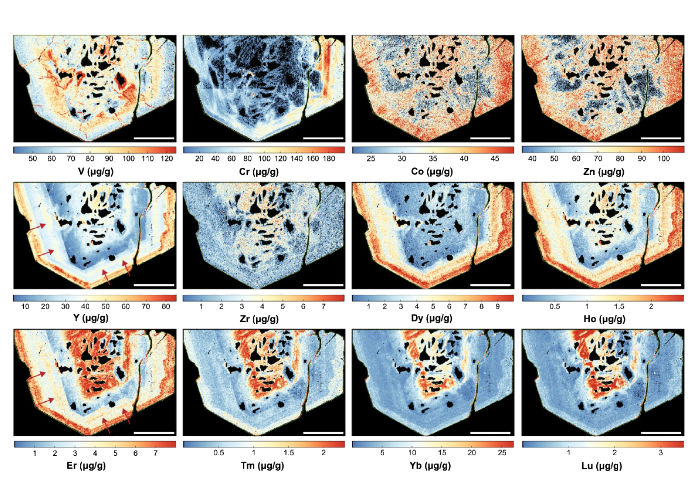
PAPER – ITERATIVE THERMODYNAMIC MODELING
1 June 2020
We have published in collaboration with Erik Duesterhoeft from the CAU University Kiel a paper in the Journal of Metamorphic Geology describing a new hybrid modelling strategy for thermobarometry applicable to metamorphic rocks. This contribution describes a mutually consistent strategy based on quantitative compositional mapping and the software solution Bingo-Antidote integrated in XMapTools.
